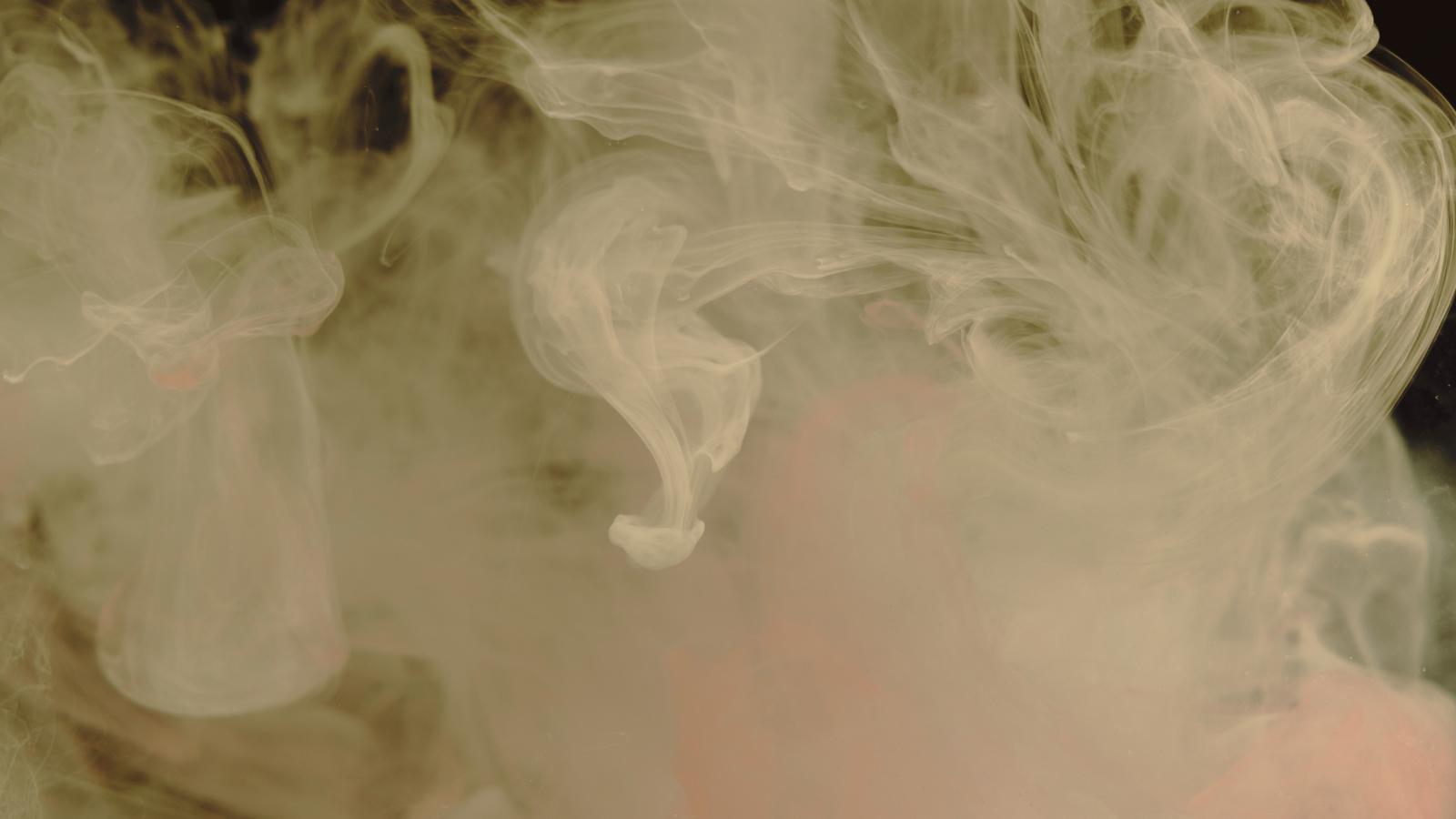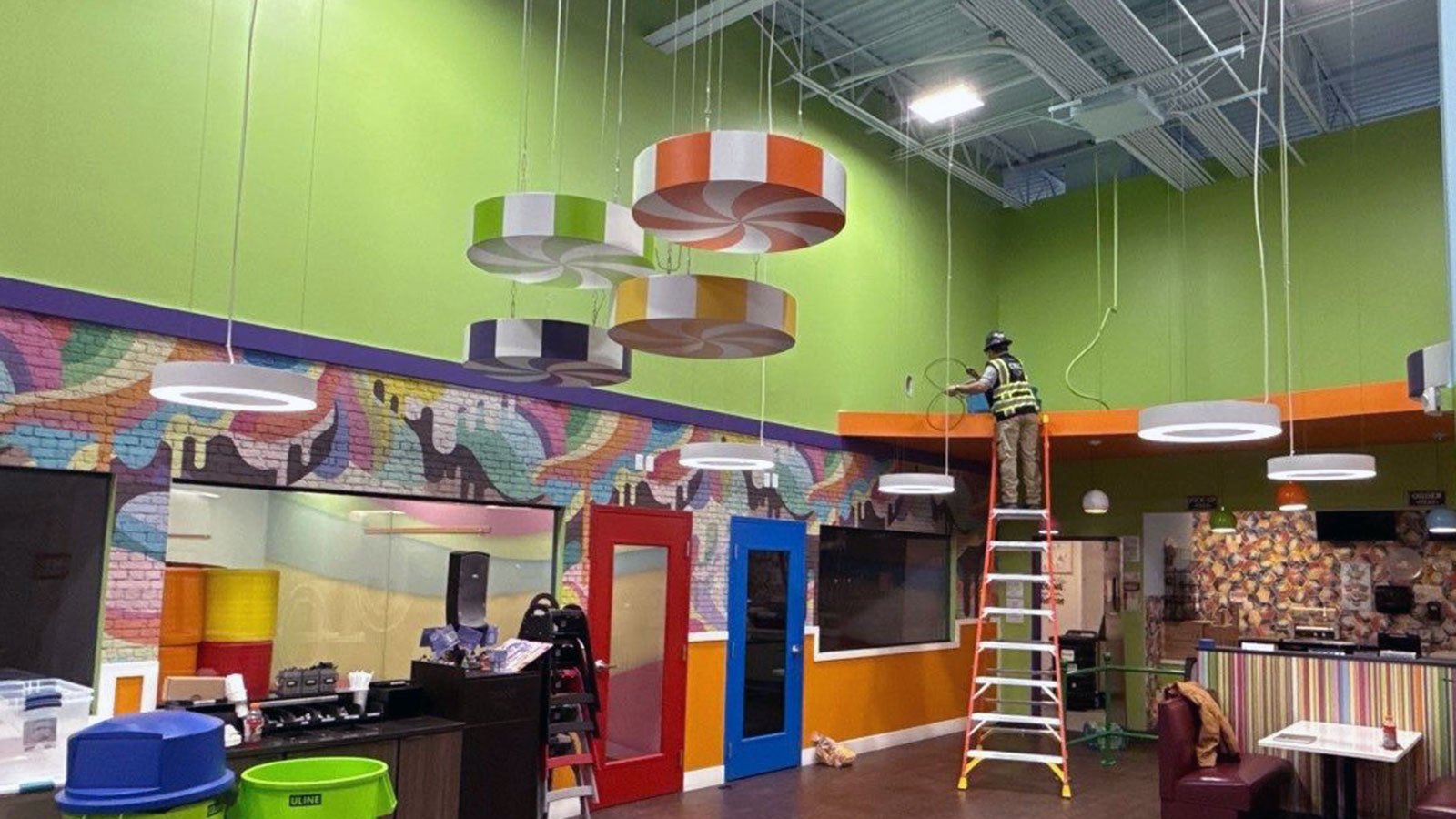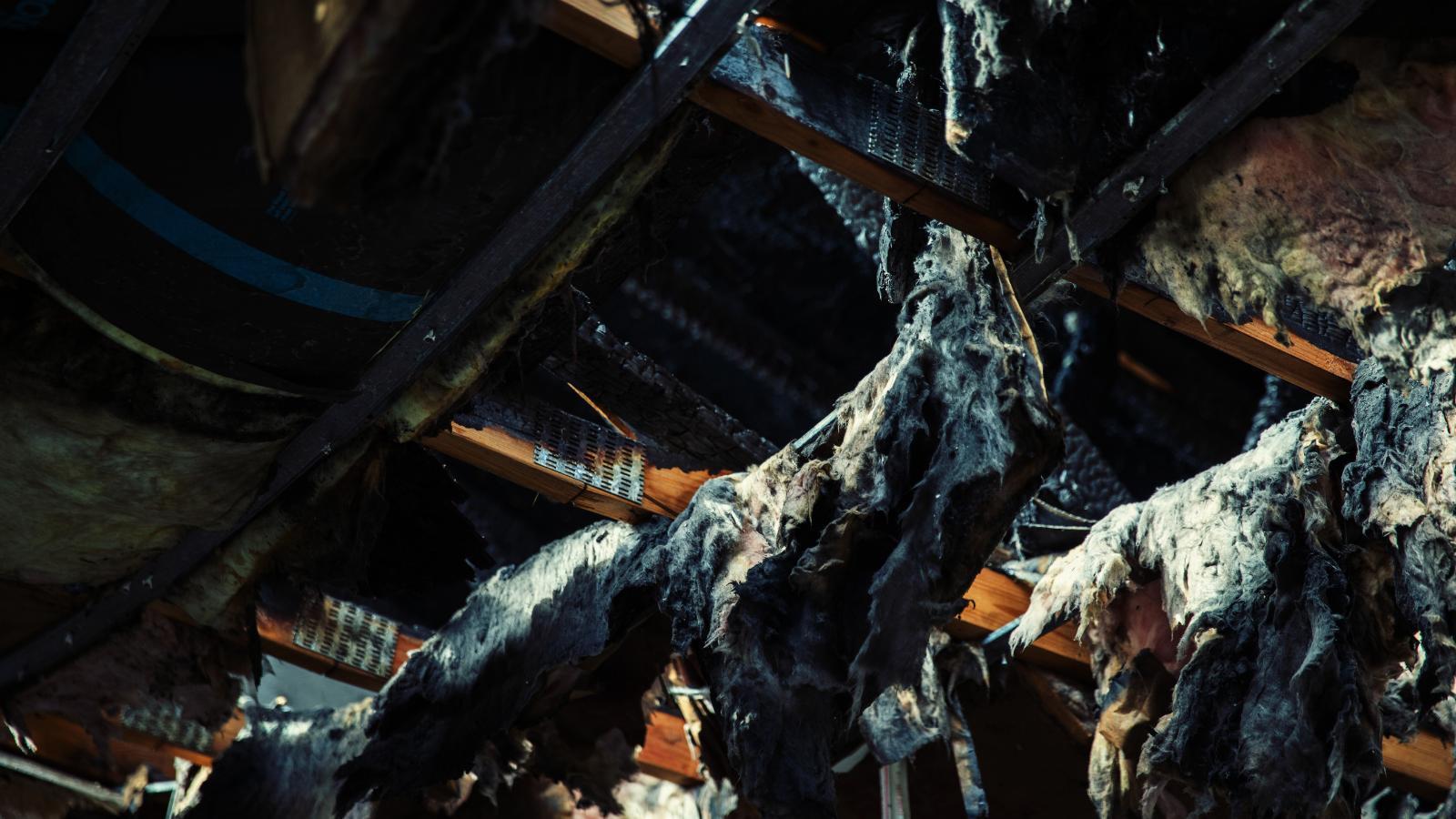1 min read
Emergency Smoke & Fire Damage Cleanup Saves Denver Indoor Playground
In December 2025, a fire broke out overnight in the back storage area of an indoor playground facility in Greenwood Village, Colorado. The fire was...

Fire is dangerous, that’s obvious enough, but few people understand the dangers of smoke damage after a fire. At CRC we want you and your peers to be protected not only from fire but also from the issues that can occur after you have survived a fire in your building.
When people think of building fires, many focus on the flames burning things to ash, but the underlying killer of fires is usually the smoke.
Smoke is the leading cause of death in fires; it surpasses burns by a 3:1 ratio. Many people understand that direct exposure to smoke is harmful to your respiratory system, but did you know that the smoke can cause issues with your building's structure? Smoke from a fire contains carbon monoxide, carbon dioxide, and soot. Whatever burns in the fire can release harmful chemicals that are dangerous when inhaled or cling to walls, furniture, ductwork, clothing, and more.
Knowing more about the dangers of smoke after a fire can help when it comes to restoring your building to its pre-loss state.
Since hot air rises smoke damage commonly occurs in the following locations:
One of the most surprising things about the dangers of smoke damage after a fire is where else in your building it can be found. This makes sense once you understand how temperature and airflow interact with the surrounding environment. Heavy smoke damage occurs in the following areas:
If you have had a fire and are experiencing the dangers of smoke damage after a fire, contact us at CRC. We can help you sort through how best to restore and repair your building following a fire.

1 min read
In December 2025, a fire broke out overnight in the back storage area of an indoor playground facility in Greenwood Village, Colorado. The fire was...

A fire at a hotel or resort doesn’t just threaten property. It puts guest safety, your revenue, and your reputation at serious risk. Whether it's...

Experiencing a fire can be devastating, and one crucial concern when assessing fire-damaged properties is the presence of asbestos. Asbestos, once...